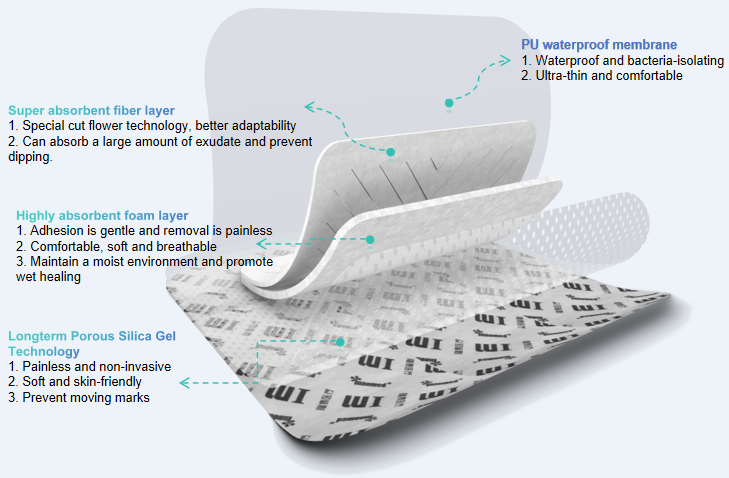Wound suppuration is a common complication after skin damage. It is essentially the body's immune response to bacterial invasion. When the wound has yellow-white purulent secretions, the surrounding skin becomes red and swollen, accompanied by pain or fever, you need to be alert to the risk of infection. If it is not handled properly at this time, it may cause serious consequences such as cellulitis and sepsis. Mastering scientific treatment steps is the key to accelerating healing and avoiding complications.

Assessing the wound status
It is necessary to distinguish the degree of suppuration: mild suppuration is manifested by a small amount of purulent secretions and a light red wound base; severe suppuration is accompanied by a large amount of pus, tissue necrosis, and a foul odor. If red line-like lymphangitis is found around the wound, or the patient has systemic symptoms such as chills and high fever, immediate medical attention is required, and pus culture and antibiotic treatment may be required.
Processing steps:
①Clean your hands: Clean your hands thoroughly with soap and running water, or wear sterile gloves.
② Rinse the wound: Use saline or drinking water (boiled and cooled) to rinse from the center of the wound outward at an angle of 15-30 degrees, avoiding direct spraying to aggravate the injury. If the pus is thick, apply saline for 5 minutes to soften the scab.
③Remove necrotic tissue: Use sterile tweezers to gently remove the inactive tissue, and be gentle to avoid damaging healthy tissue. If there is a lack of professional tools for home care, you can only rinse and see a doctor for debridement the next day.
④ Choose the right wound dressing
It is recommended to use a new type of silicone gel foam dressing. The multi-layer structure quickly absorbs exudate, reduces the risk of skin maceration, maintains a moist wound environment, promotes autolytic debridement, does not need to be removed when showering, reduces the probability of exogenous infection, does not adhere when replaced, and significantly improves patient comfort. Cut the dressing according to the size of the wound, with the edge extending 2 cm beyond the wound, and change it every 3-5 days, or adjust the frequency according to the amount of exudate.
Systemic supportive care
Nutritional intervention: Supplement high-quality protein (1.2-1.5g/kg/d), such as fish and eggs; vitamin C (100mg/day) to promote collagen synthesis; zinc (15mg/day) to enhance immune function.
Posture management: Limb wounds need to be elevated above the heart level, and passive activities should be performed three times a day for 10 minutes to prevent deep vein thrombosis.
Pain control: Use nonsteroidal anti-inflammatory drugs (such as ibuprofen) as prescribed by your doctor and avoid aspirin, which delays clotting.

Dynamic monitoring and prevention of recurrence
Observe the color changes of the wound every day: healthy granulation tissue is bright red and granular on the surface; if it turns grayish white, it indicates that the infection is ongoing. When changing the dressing, take a photo with your mobile phone to record the changes in the wound for the doctor's evaluation. Things to note to prevent recurrence:
Avoid contact with pollution sources such as sewage and pet hair;
Diabetic patients need to control blood sugar (fasting <7mmol/L);
Quit smoking, nicotine will constrict blood vessels and reduce blood supply to wounds.
For more information on Innomed®Polyurethane foam dressing, Refer to the Previous Articles. If you have customized needs, you are welcome to contact us; You Wholeheartedly. At longterm medical, we transform this data by Innovating and Developing Products that Make Life easier for those who need loving care.
Editor: kiki Jia

 English
English عربى
عربى Español
Español русский
русский 中文简体
中文简体








